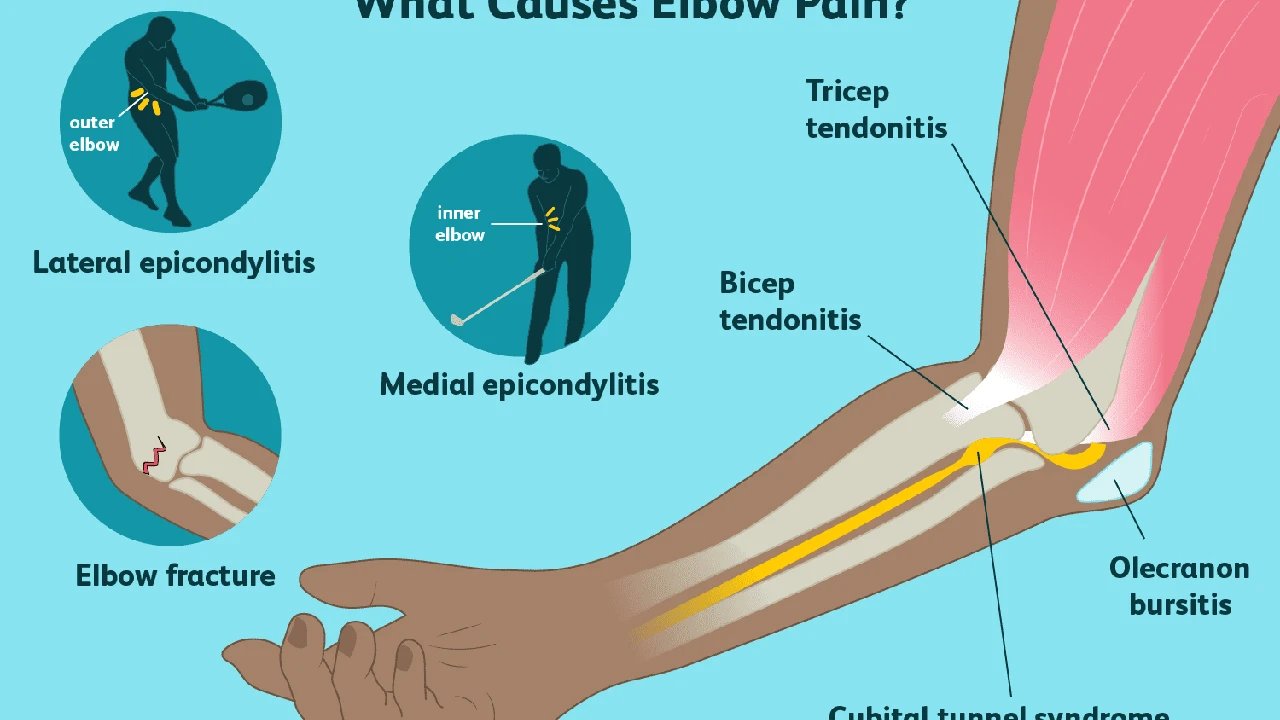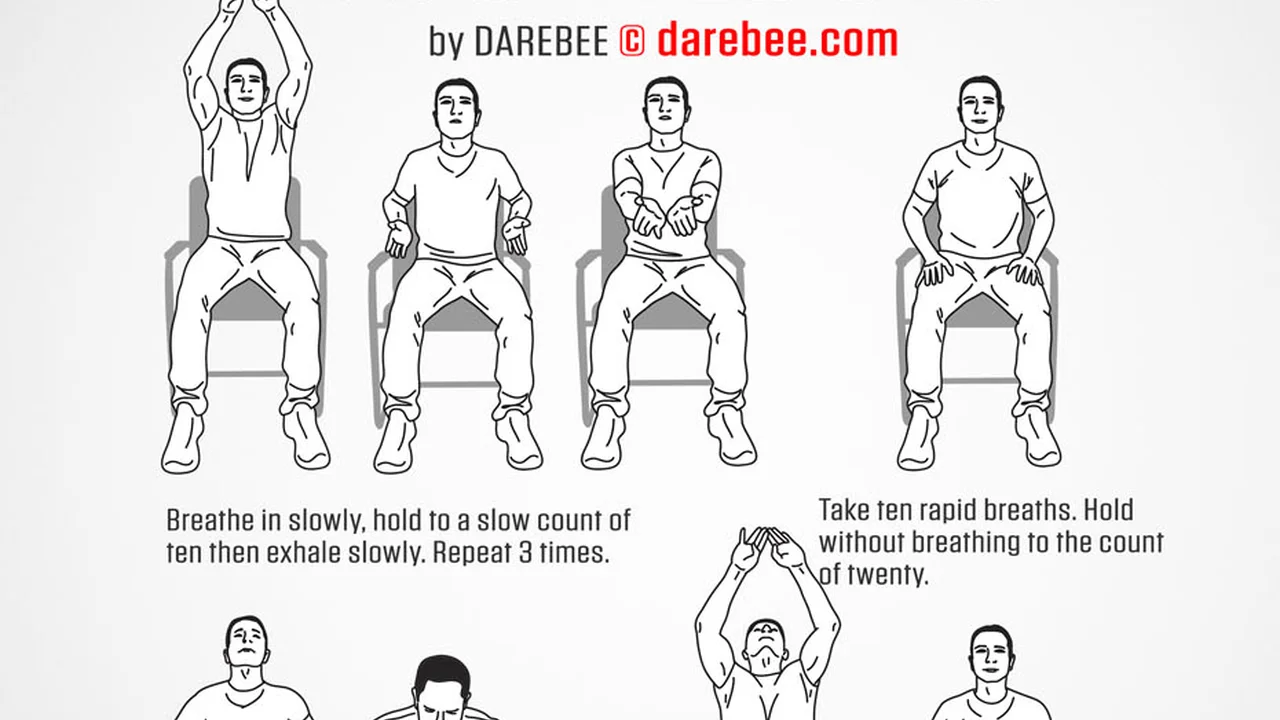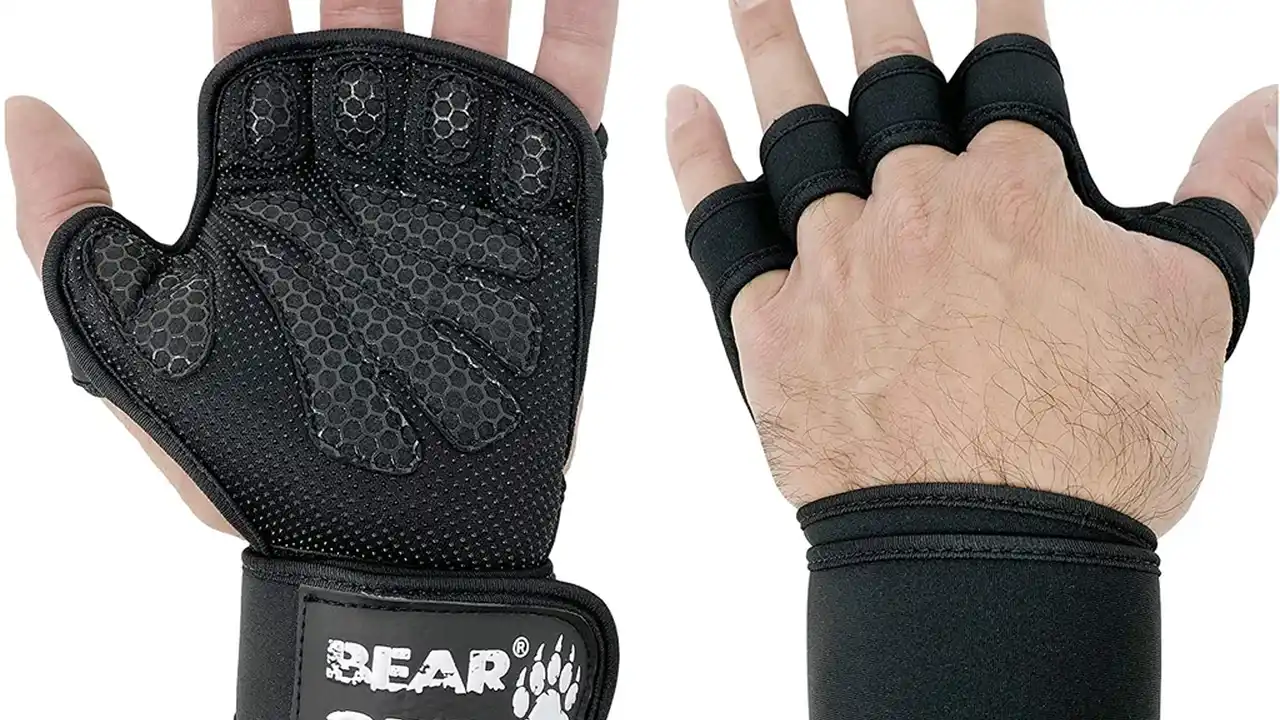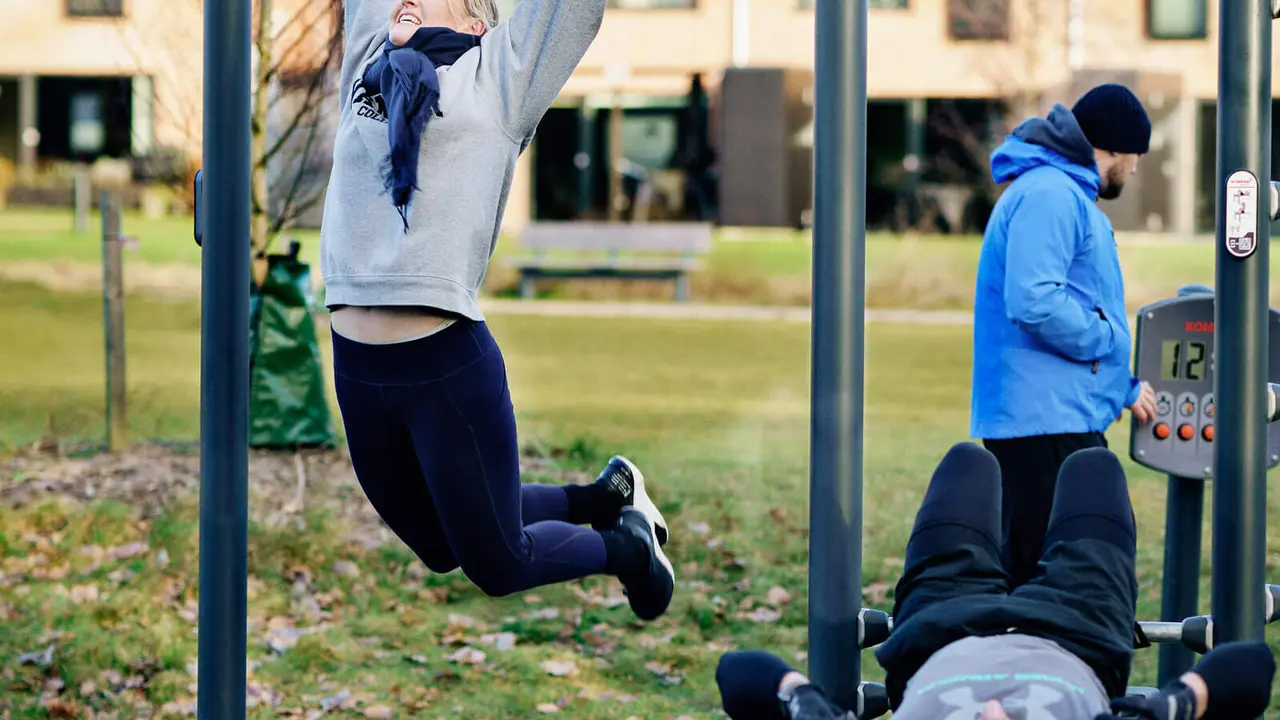Elbow Pain_ Causes and Prevention Strategies

Understanding the Importance of Street Workout Safety
Street workout, a dynamic and increasingly popular form of exercise, offers a fantastic way to build strength, improve cardiovascular health, and connect with a community. However, like any physical activity, street workout carries inherent risks. Neglecting safety protocols and proper techniques can lead to injuries that sideline you from training and potentially cause long-term health issues. Understanding the importance of street workout safety is the first step towards a fulfilling and injury-free journey.
Why is safety so crucial? Because street workout often involves complex movements, high-impact landings, and the use of public spaces with varying surfaces. Without proper preparation, knowledge, and execution, the risk of sprains, strains, fractures, and other injuries significantly increases. This article delves into the crucial aspects of street workout safety and injury prevention, providing you with the knowledge and tools to train smarter, not harder.
Common Street Workout Injuries and How to Avoid Them
Before diving into specific prevention strategies, it's essential to understand the common injuries that plague street workout enthusiasts. Knowing the potential pitfalls allows you to proactively mitigate risks and tailor your training accordingly.
Shoulder Injuries: The shoulder joint is incredibly mobile, making it susceptible to injury during exercises like pull-ups, dips, and muscle-ups. Common shoulder injuries include rotator cuff strains, impingement, and dislocations. Poor form, inadequate warm-up, and excessive volume are often the culprits.
Elbow Injuries: As highlighted in our previous article, elbow pain is a frequent complaint among street workout practitioners. Tendonitis, epicondylitis (tennis elbow), and medial epicondylitis (golfer's elbow) are common due to repetitive stress and overuse. Incorrect grip, improper technique, and lack of flexibility contribute to elbow problems.
Wrist Injuries: The wrists play a crucial role in many street workout exercises. Carpal tunnel syndrome, tendonitis, and sprains are common, particularly when performing handstands, planches, and other balancing movements. Insufficient wrist strength and flexibility, combined with poor technique, increase the risk of wrist injuries.
Lower Back Injuries: The lower back is vulnerable to injury during exercises like squats, lunges, and core work. Improper form, inadequate core strength, and excessive weight can lead to strains, sprains, and disc problems. Maintaining a neutral spine and engaging core muscles are essential for protecting the lower back.
Knee Injuries: Knee pain is another common issue, often stemming from exercises like squats, lunges, and jumps. Patellofemoral pain syndrome (runner's knee), meniscus tears, and ligament sprains can occur due to poor form, inadequate warm-up, and excessive impact. Focusing on proper alignment and gradual progression is crucial for knee health.
Ankle Injuries: Ankle sprains and strains are common, particularly during plyometric exercises and landings. Inadequate ankle stability, improper footwear, and uneven surfaces increase the risk of ankle injuries. Strengthening the ankle muscles and ensuring proper landing technique are essential for ankle health.
The Importance of Proper Warm-Up and Cool-Down Routines for Street Workout
A comprehensive warm-up and cool-down are non-negotiable for any street workout routine. These often-overlooked aspects of training play a vital role in injury prevention, performance enhancement, and overall well-being.
Warm-Up: A proper warm-up prepares your body for the demands of street workout by increasing blood flow to the muscles, improving joint mobility, and activating the nervous system. A dynamic warm-up, consisting of movements that mimic the exercises you'll be performing, is ideal. Examples include arm circles, leg swings, torso twists, and light cardio.
Cool-Down: A cool-down helps your body gradually transition back to a resting state, reducing muscle soreness and promoting recovery. Static stretching, holding each stretch for 30 seconds, is an effective cool-down technique. Focus on stretching the major muscle groups used during your workout, such as the shoulders, chest, back, legs, and arms.
Dynamic Stretching vs. Static Stretching: It's important to differentiate between dynamic and static stretching. Dynamic stretching is best performed during the warm-up, while static stretching is more suitable for the cool-down. Dynamic stretching involves controlled movements through a range of motion, while static stretching involves holding a stretch for an extended period.
Mastering Proper Form and Technique for Injury Prevention
Proper form and technique are paramount for preventing injuries in street workout. Executing exercises with incorrect form not only reduces their effectiveness but also places undue stress on joints and muscles, increasing the risk of injury. Seeking guidance from a qualified coach or experienced practitioner is highly recommended, especially for beginners.
Pull-Up Form: Maintain a straight back, engage your core, and pull yourself up until your chin clears the bar. Avoid swinging or using momentum to assist the movement. Lower yourself slowly and with control.
Dip Form: Keep your elbows close to your body, lower yourself until your upper arms are parallel to the ground, and push yourself back up. Avoid flaring your elbows or dropping too low, as this can strain your shoulders.
Squat Form: Stand with your feet shoulder-width apart, toes slightly outward, and lower yourself as if sitting in a chair. Keep your back straight, chest up, and knees in line with your toes. Avoid letting your knees cave in or your heels lift off the ground.
Handstand Form: Engage your core, squeeze your glutes, and maintain a straight line from your head to your heels. Avoid arching your back or letting your shoulders shrug.
Importance of Video Analysis: Recording yourself performing exercises and analyzing your form can be incredibly beneficial. You can identify areas where your technique needs improvement and make corrections accordingly. There are many apps and online resources that can assist with video analysis.
The Role of Progressive Overload in Safe Street Workout Training
Progressive overload, gradually increasing the demands placed on your body over time, is essential for building strength and improving performance. However, it's crucial to implement progressive overload safely and responsibly to avoid injury.
Gradual Progression: Avoid increasing the intensity, volume, or complexity of your training too quickly. Start with manageable exercises and gradually progress to more challenging variations. Listen to your body and allow adequate time for recovery.
Proper Rest and Recovery: Rest and recovery are just as important as training. Adequate sleep, proper nutrition, and active recovery techniques, such as foam rolling and stretching, are essential for muscle repair and growth. Overtraining can lead to fatigue, decreased performance, and increased risk of injury.
Listen to Your Body: Pay attention to your body's signals. If you experience pain, stop the exercise and rest. Don't push through pain, as this can exacerbate the injury. Seek medical attention if the pain persists or worsens.
Nutrition and Hydration for Optimal Street Workout Performance and Recovery
Proper nutrition and hydration are crucial for fueling your workouts, supporting muscle growth and repair, and preventing injuries. A balanced diet that provides adequate protein, carbohydrates, and healthy fats is essential for optimal performance.
Protein Intake: Protein is essential for muscle repair and growth. Aim for approximately 0.8 grams of protein per pound of body weight per day. Good sources of protein include lean meats, poultry, fish, eggs, dairy products, beans, and lentils.
Carbohydrate Intake: Carbohydrates provide energy for your workouts. Choose complex carbohydrates, such as whole grains, fruits, and vegetables, over simple carbohydrates, such as sugary drinks and processed foods.
Healthy Fat Intake: Healthy fats are important for hormone production, cell function, and overall health. Good sources of healthy fats include avocados, nuts, seeds, olive oil, and fatty fish.
Hydration: Dehydration can lead to fatigue, decreased performance, and increased risk of injury. Drink plenty of water throughout the day, especially before, during, and after your workouts. Electrolyte drinks can be beneficial during long or intense workouts.
The Importance of Spotting and Supervision in Street Workout Training
Spotting and supervision are particularly important when attempting new or challenging exercises. A spotter can provide assistance and prevent falls, reducing the risk of injury. Training with a qualified coach or experienced practitioner is highly recommended, especially for beginners.
Finding a Qualified Spotter: Choose a spotter who is experienced, knowledgeable, and attentive. Ensure that your spotter understands the exercise you're attempting and knows how to provide proper assistance.
Communicating with Your Spotter: Clearly communicate your expectations and any specific needs to your spotter before starting the exercise. Establish a signal that you can use to indicate that you need assistance.
Choosing a Safe Training Environment: Select a training environment that is free from hazards and distractions. Ensure that the surface is even and stable, and that there is adequate space for movement.
Recommended Products for Street Workout Safety and Injury Prevention
Investing in the right equipment can significantly enhance your safety and prevent injuries during street workout. Here are some recommended products, their use cases, comparisons, and detailed information, including pricing:
Wrist Wraps: Serious Steel Fitness Premium Wrist Wraps
Use Case: Provides wrist support and stability during exercises like handstands, planches, and push-ups, reducing the risk of wrist sprains and tendonitis.
Product Comparison:
- Serious Steel Fitness Premium Wrist Wraps: Durable, comfortable, and provide excellent support. Feature a thumb loop for easy application. Price: $19.99
- Rip Toned Wrist Wraps: Another popular option, known for their adjustability and support. Price: $17.99
- Nordic Lifting Wrist Wraps: Offer good support and are available in various colors. Price: $14.99
Detailed Information: The Serious Steel Fitness Premium Wrist Wraps are made from a high-quality cotton blend that provides excellent support and durability. They feature a thumb loop for easy application and a hook-and-loop closure for a secure fit. The wraps are available in various lengths and colors. They're particularly useful for those with pre-existing wrist issues or those performing high-volume wrist-intensive exercises. The $19.99 price point is reasonable considering the quality and durability.
Gymnastics Grips: Victory Grips
Use Case: Protects hands from blisters and tears during pull-ups, muscle-ups, and other bar exercises. Improves grip strength and reduces fatigue.
Product Comparison:
- Victory Grips: High-quality leather grips that provide excellent protection and grip. Price: $39.99 - $59.99 (depending on style)
- Bear KompleX Grips: Another popular option, known for their durability and comfort. Price: $34.99
- WOD Nation Grips: Offer good protection and grip at a more affordable price. Price: $24.99
Detailed Information: Victory Grips are a premium option made from high-quality leather. They offer excellent protection against blisters and tears, and their design enhances grip strength. They come in various styles, including fingerless and full-finger options, and different materials to suit individual preferences. While the price is higher, the durability and performance justify the investment, especially for serious street workout enthusiasts. The price range of $39.99 - $59.99 depends on the specific model and features.
Resistance Bands: Rogue Fitness Resistance Bands
Use Case: Used for warm-up exercises, mobility drills, and assisted exercises like pull-ups and muscle-ups. Enhances strength and flexibility.
Product Comparison:
- Rogue Fitness Resistance Bands: High-quality, durable bands that come in various resistance levels. Price: $5.00 - $35.00 (depending on resistance level)
- Fit Simplify Resistance Loop Exercise Bands: A more affordable option, suitable for beginners. Price: $9.95 (set of 5)
- TheraBand Resistance Bands: Known for their quality and durability, available in various resistance levels. Price: Varies depending on length and resistance.
Detailed Information: Rogue Fitness Resistance Bands are a reliable choice for serious athletes. They are made from high-quality latex and come in a range of resistance levels, allowing you to progressively overload your muscles. They are versatile and can be used for a variety of exercises, from warm-up drills to assisted pull-ups. The price ranges from $5.00 to $35.00 depending on the resistance level, making them a worthwhile investment for long-term use. Using these bands for assisted pull-ups helps build the necessary strength for unassisted repetitions, reducing the risk of shoulder and elbow injuries.
Foam Roller: TriggerPoint GRID Foam Roller
Use Case: Used for self-myofascial release (SMR), helping to relieve muscle soreness and improve flexibility. Can be used on various muscle groups, including the back, legs, and arms.
Product Comparison:
- TriggerPoint GRID Foam Roller: Durable, features a textured surface for deeper tissue massage. Price: $34.99
- Amazon Basics High-Density Round Foam Roller: A more affordable option, suitable for beginners. Price: $15.99
- RumbleRoller: Features aggressive knobs for deep tissue massage. Price: $69.99
Detailed Information: The TriggerPoint GRID Foam Roller is a popular choice among athletes due to its durable construction and textured surface. The textured surface allows for deeper tissue massage, helping to release muscle knots and improve flexibility. Using a foam roller regularly can help prevent muscle soreness and improve recovery after workouts. The $34.99 price point is reasonable considering the quality and effectiveness of the product.
Proper Footwear: Cross-Training Shoes
Use Case: Provides support, stability, and cushioning during various street workout exercises, including jumps, squats, and lunges. Reduces the risk of ankle and knee injuries.
Product Comparison:
- Nike Metcon 8: A popular choice for cross-training, providing excellent stability and support. Price: $130.00
- Reebok Nano X2: Another well-regarded cross-training shoe, known for its comfort and versatility. Price: $135.00
- NOBULL Trainer: Durable and provides good support for heavy lifting and agility exercises. Price: $129.00
Detailed Information: Investing in a good pair of cross-training shoes is crucial for street workout safety. The Nike Metcon 8 is a popular choice because it provides excellent stability and support, which is essential for exercises like squats, lunges, and jumps. It also offers adequate cushioning to absorb impact and reduce the risk of injury. The $130.00 price point is a worthwhile investment for protecting your feet and ankles during training.
Staying Educated and Continuously Learning About Street Workout Safety
The field of exercise science is constantly evolving, and staying informed about the latest research and best practices is crucial for maximizing your safety and performance. Continuously learning about street workout safety will help you refine your training techniques, adapt to new challenges, and prevent injuries.
Following Reputable Sources: Seek information from reputable sources, such as certified personal trainers, physical therapists, and exercise scientists. Be wary of unqualified individuals or websites that promote unproven or dangerous training methods.
Attending Workshops and Seminars: Consider attending workshops and seminars on street workout safety and injury prevention. These events provide valuable opportunities to learn from experts, network with other practitioners, and refine your skills.
Reading Books and Articles: There are numerous books and articles available on street workout safety and injury prevention. Reading these resources can provide you with a deeper understanding of the subject and help you make informed decisions about your training.
Conclusion Alternatives: Maintaining a Proactive Approach to Street Workout Safety
Instead of a formal conclusion, let's emphasize the ongoing nature of safety in street workout. It's not a one-time checklist but a continuous process of learning, adapting, and prioritizing your well-being.
By embracing a proactive approach to street workout safety, you can minimize your risk of injury and maximize your enjoyment of this rewarding form of exercise. Remember to prioritize proper form, listen to your body, and continuously seek knowledge to refine your training techniques. Street workout offers a fantastic opportunity to build strength, improve fitness, and connect with a community. By prioritizing safety, you can unlock its full potential and enjoy a long and fulfilling journey.
So, keep learning, keep practicing, and keep prioritizing your safety. The world of street workout awaits!
:max_bytes(150000):strip_icc()/277019-baked-pork-chops-with-cream-of-mushroom-soup-DDMFS-beauty-4x3-BG-7505-5762b731cf30447d9cbbbbbf387beafa.jpg)






